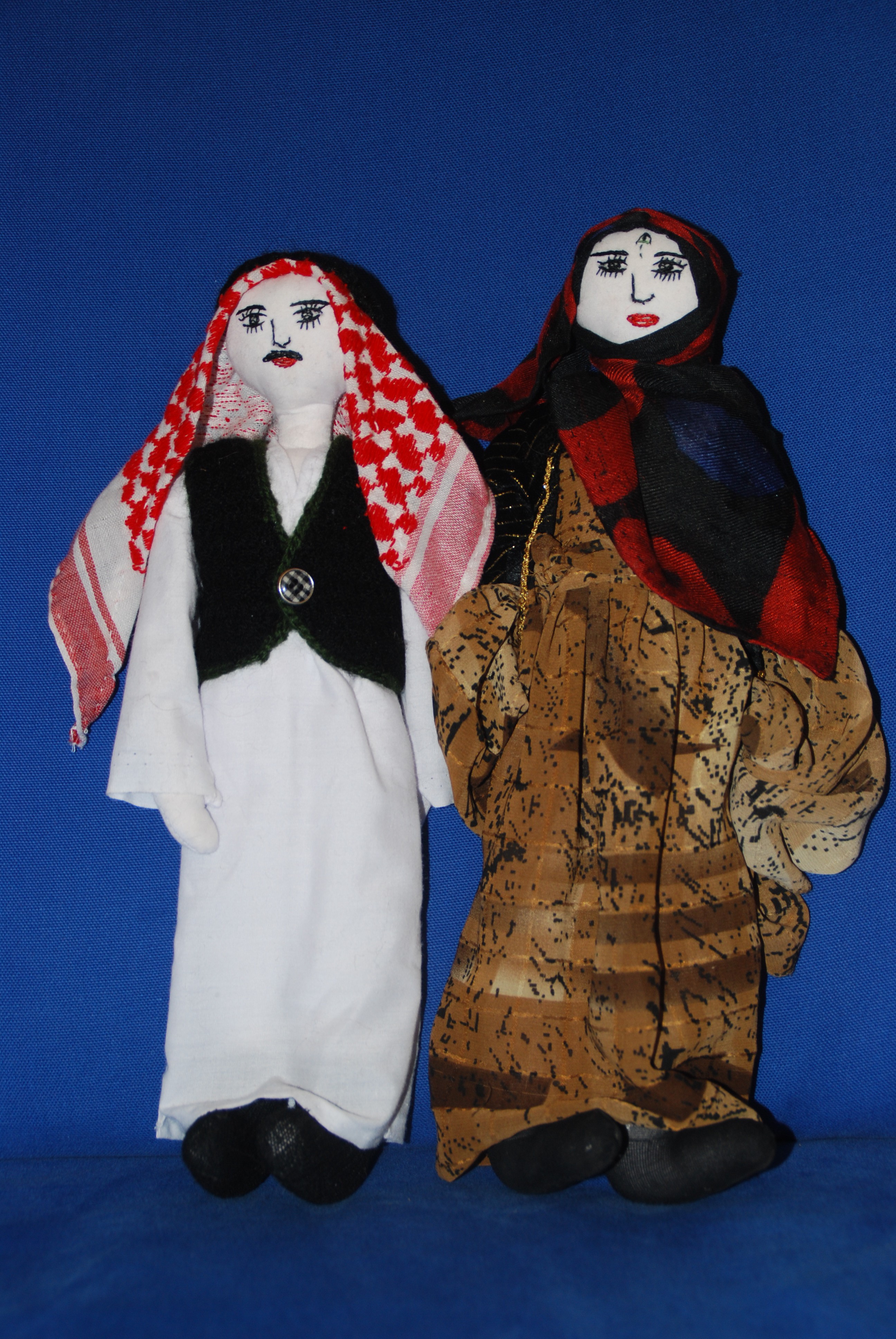(Im)possible plans... |
| We know that Ismail, Muhammad,
Kameran, Diadin,
Ibrahim would do their best to
protect the site, carrying out their
work, even if we were no longer
able to remunerate them for their
effort. But, far from even contemplating
such a possibility, we
have been working hard to make
a case, even under the current
circumstances, to develop a sustainability
plan for Mozan and its
area. | 
|
It seems like an impossible
plan to think of it now. But we do not accept the impossible. Precisely because things seem hopeless,
we are leaning heavily on even the smallest strand of hope.
In 2012 colleagues from the Office of the First Lady and the Directorate General of Antiquities and Museums picked up where we could no longer be. They went several times to Mozan, and met in our house and in the villages
with local people, especially the young people, to explain the notion of the
Park. They gave this part of the project a beautiful name: The Gates of Urkesh.
The lunch was prepared by the local women, Arab and Kurdish. And the message
was conveyed that, even as events were overtaking the country, the Park was
meant to serve as a beacon of light and hope – to be for sure implemented at some
point in the future. |  |
| There are photographs, as if in a
Museum; and even a plaque to honor
the individuals who contributed, especially
Mr. Hamdan Abd el-Razzaq
al-Shellal who allowed the group to
use the Atelier at no cost. So even in
Mozan we have a named building! |  |
 |
The Gates of Urkesh project
for social development
based on cultural heritage
thanks all the volunteers
from Umm er-Rabia and Mozan villages
who participated
in the accomplishment of this work.
A special thanks to
Mr. Hamdan Abd al-Razzaq al-Shallal
for offering to the Urkesh workshop
the use of the houses at no cost.
|
The room was also meant to
be used as a workshop. We call
it “atelier,” and it is that part of
the Gates Urkesh project that
takes care of the production.
Through their own initiative,
the women set it up as a
well organized system, with instructions
and schedules
spelled out on the chalkboard
in the background.
We are now beginning to interface
more directly with it so
as to maximize its potential.
|  |




































